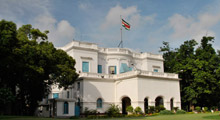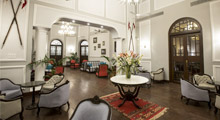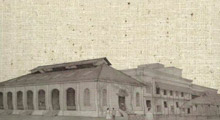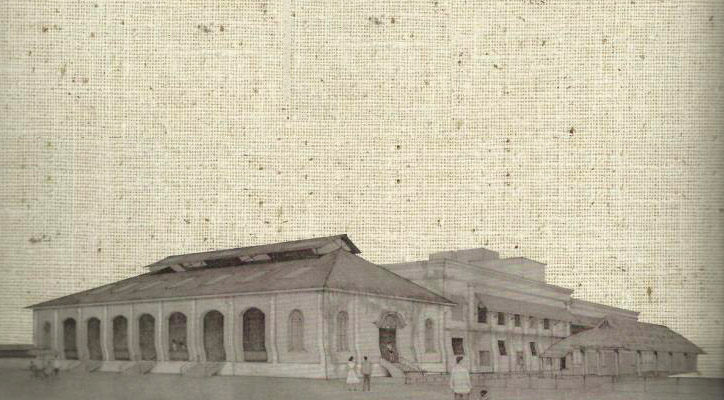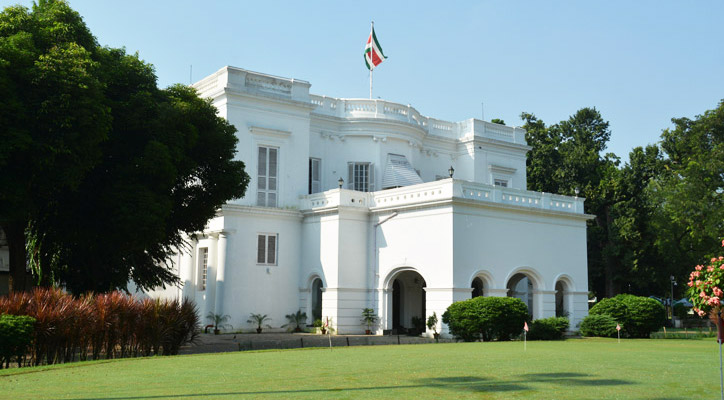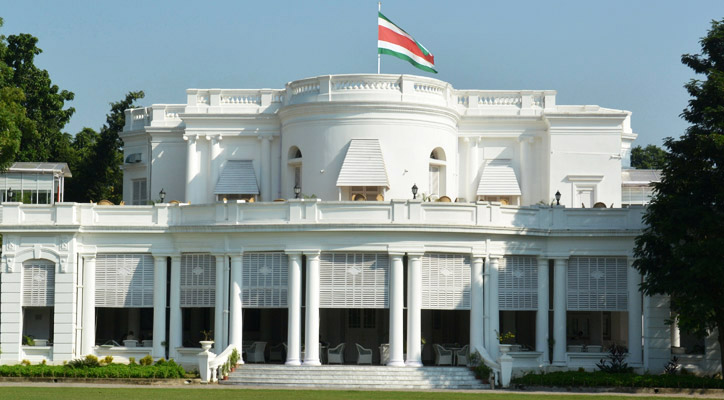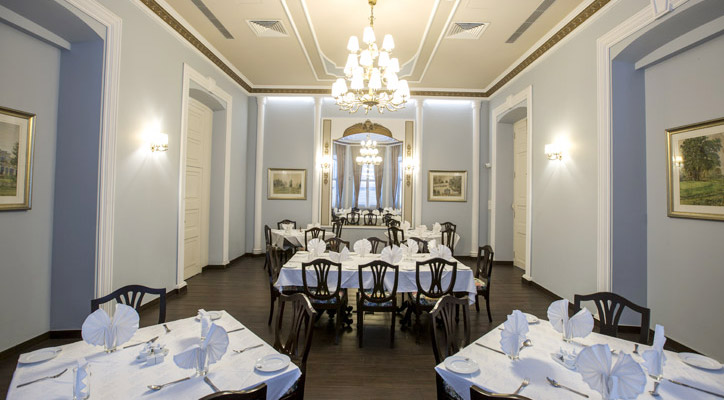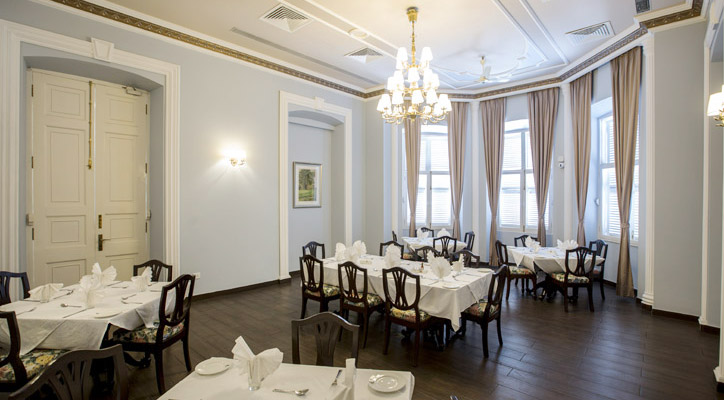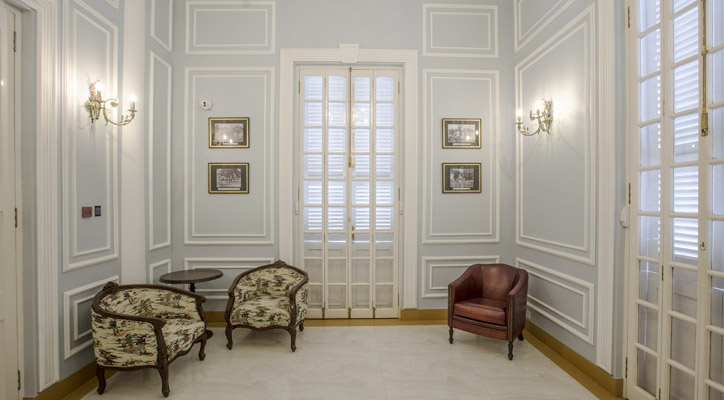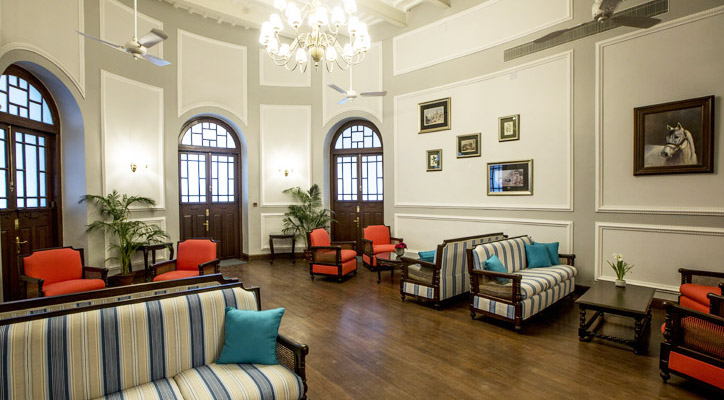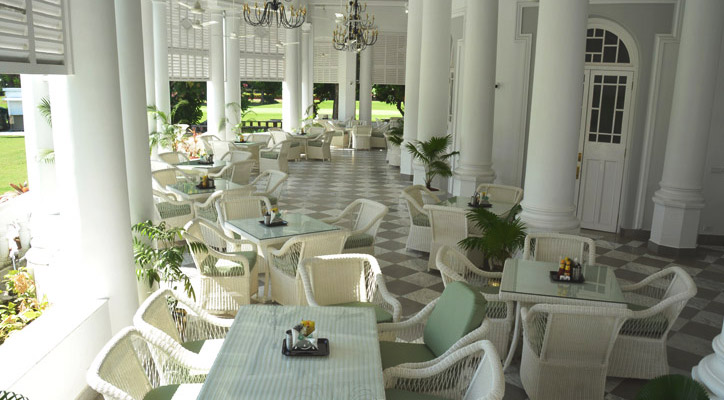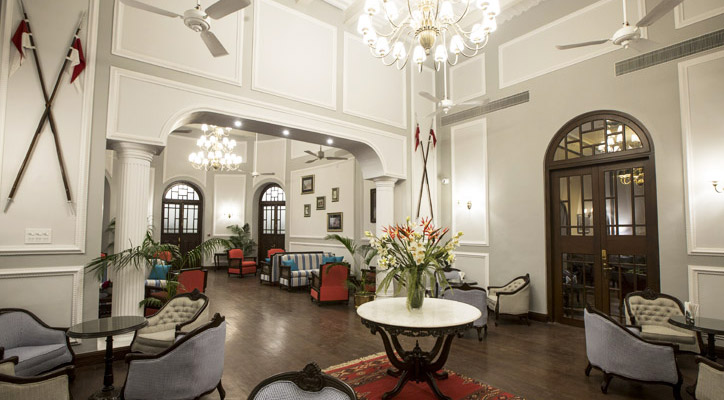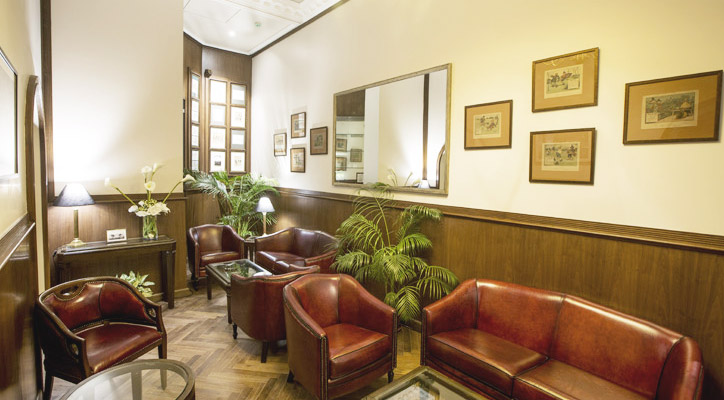Heritage
The Tollygunge Club was founded by a Scottish banker, William Dixon Cruickshank to provide facilities for games, sports and pastimes in the neighbourhood of Kolkata, then called Calcutta, and to afford to its members all the usual privileges, advantages, conveniences and accommodation of a residential and Gymkhana Club.
The Clubhouse and surrounding areas carry a rich store of legends, anecdotes and memories and the Club has inherited a tradition of sports from its inception in 1895. Cruickshank partially leased and partially bought some of the property surrounding an 18th century Palladian garden house once used by its owner, Richard Johnson, an employee of the East India Company and subsequently by Prince Gholam Mohammed Shah, the 11th son of the Ruler of Mysore, Tipu Sultan. The Club house is now over 220 years old.
Prior to the locality being named Tollygunge it was known as Russapugla, a densely forested area abounding in Sundari, Byne and Garjan trees which even today make up the bulk of the Sunderbans, the estuary of the river Ganges. The name Russapugla stems from a unique tree which gave shade to Pugla Pir (a Sufi saint with remarkable powers) who meditated and died in the neighbourhood.
It was later renamed Tollygunge after Col. William Tolly was permitted to dredge the adjoining canal connecting the Ganga with the Matla and Vidya rivers and collect toll on all ships travelling from Calcutta to destinations in erstwhile East Bengal (present day Bangladesh).
Some three hundred years ago, before Kolkata was born, the main vegetation consisted of mangroves adapted to tropical tidal estuaries. Over a period of time, the decreased flow of saline water gave way to fresh water-dependent plants.In the past, the Europeans had brought into India plants from all over the world. That period saw the introduction of various exotic plants in Bengal. These exotics and other indigenous plants have been systematically planted in the Club; as a result, there is a delightful mix of trees and plants at Tolly.
Most of the open spaces of the Club are occupied by an eighteen-hole golf course. The wide open expanses of the fariways bordered by lines of trees or wooded areas are a lovely sight in all seasons. These stretches provide an ideal foraging ground for a multitude of birds. Cattle Egret, Pyed Myna, Indian Roller, Black Drongo, Kingfisher are a few of the innumerable number of birds at Tolly. The original wild mammals, reptiles and amphibians that inhabited the area hundreds of years ago even before the city was born, now live in the remaining Sunderban mangrove forests.
Some species adapted themselves to the changing times and others moved in as the salinity of the area decreased. Within the crowded city in an oasis of green like the Tolly Club, jackals still prowl at night.
To know more about the history of The Tollygunge Club, please read `The Tollygunge Club Since 1895’ by Pradip and Amita Das, available at the Club’s Pro-Shop.
